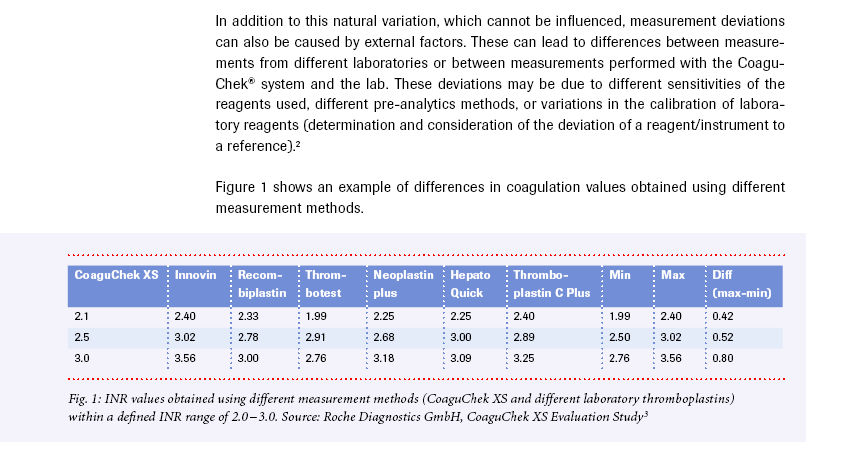I've been away from this forum for a while, and I skipped most of the posts on the second page of this thread. A few things -- Mrs. Beasley - I don't think that it's a good idea to test every five weeks. If your INR is too low, you can get a stroke in a week. Having an INR reading that is in range every five weeks doesn't assure that your INR is safely in range between tests.
Others have indicated this, but I'll reiterate -- to do an adequate INR test, you need to get an adequate drop of blood. I use a few different lancing devices - disposable (about 25 cents each) - that are designed for INR testing. It's rare that I don't get a sufficient drop of blood.
Prepping the finger before the incision is the only way to go. Roche cautions about 'milking' the finger after you incise it, because you'll be squeezing out plasma, and could be interfering with the test results.
For myself, I've found that testing after shaving, or after doing dishes in warm water works well -- the skin is warm, the capillaries are open, and I'm more likely to get a good drop. Also - one thing that I do, in addition to the warm water, is to hold my thumb just slightly below the knuckle at the tip of my finger, while the strip is warming up. This causes the blood to pool in the fingertip. Doing it this way usually gets me a good drop of blood.
CoaguChek is NOT the only meter out there. A few years ago, I ran through testing on multiple machines - CoagChek XS, ProTime 3, InRatio, and Coag-Chek. I made comparisons to blood draws.
I found that the CoagChek XS gave me results that were nearly always higher than the lab blood draws. In a few of my tests, the CoagChek results were considerably higher - more than the standard of +/- 30% that ISO (I believe it's ISO) requires. The Coag-Sense is usually slightly lower than the blood draw. Personally, I'd rather have a meter that reported slightly lower than a lab than I would to have a meter that reported slightly higher. THIS WAY, if my meter gives me a 2.5, I can be reasonably certain that the lab result will be around 2.7 or 2.8 - and my INR is in range.
A few other things. The Coag-Sense is a physical test, actually taking the blood and physically moving it until a clot forms. It doesn't rely on electrical phenomena to get a result.
Also - unlike the CoagChek, even if a person's hematocrit is low, the meter can get an accurate result. Finally, the strips don't seem to be as sensitive to atmospheric conditions once opened, like the CoaguChek XS (which are apparently only good for a few minutes after exposure to air -- this is why they're stored in air-tight containers). I've had times when I've opened a Coag-Sense strip, but been unable to test for a day, or two, or even longer. As long as no blood is put onto the strip, the strips remain usable.
No, I don't work for Coag-Sense. I just prefer their meter over the CoaguChek XS.
Oh -- and on the subject of cost - you can occasionally find a deal on a test meter. The consumables can usually be bought on eBay, too. Over the years, I've been able to get THREE Coag-Sense meters (because the price was so good, and I expected to be able to either keep one as a backup, or help someone out with a loan or low cost sale of one or two).






















